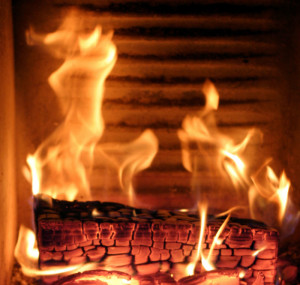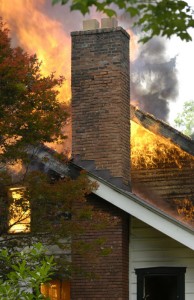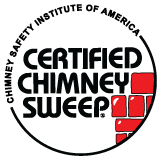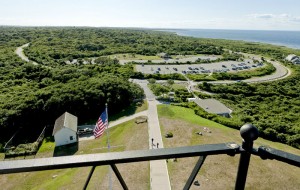Benefits of a Chimney Video Inspection
If you own a home or business with a fireplace and chimney system, there are a few things you need to know. First, the maintenance of the chimney  system is of top priority and ensures the safety of your family or customers. Second, proper maintenance of your chimney system protects your property. Basically, this preventative maintenance is essential for buildings with chimney systems.
system is of top priority and ensures the safety of your family or customers. Second, proper maintenance of your chimney system protects your property. Basically, this preventative maintenance is essential for buildings with chimney systems.
The Chimney Safety Institute of America (CSIA) recommends regular chimney sweeps and annual chimney inspections by a CSIA Certified Chimney Sweep® (CCS). It’s during these important inspections that problems are discovered, and can be addressed and repairs can be made before burning season.
Routinely, the three types of inspections are done various ways. A level 1 inspection is an inspection of everything readily accessible to the inspector and should be performed yearly if no changes occur with chimney use. A level 2 inspection is required if changes have been made to the system or if property has been sold or transferred. A level 2 inspection includes everything readily accessible as well as everything that is accessible around chimney interior and exterior, including attics, crawl spaces, and basements. A level 3 inspection is required if there are concerns in a level 1 or 2 inspection, and may require removal of components of the building or chimney to gain access to worrisome areas of the chimney system.
Video Technology and Chimney Inspections
Because the chimney is a closed system, and a large portion of it is hidden from the naked eye, only a professional should assess them. The National Fire Protection Association (NFPA) states that all Level 2 inspections are to include a video surveillance of the inside and outside of the chimney system and Chief Chimney Services is equipped to do just that.
Chief Chimney Sweeps are CSIA certified and trained in NFPA protocols. Our CCTV (closed-circuit television) video camera system records in real-time and provides a professional-grade surveillance picture. This allows our chimney sweeps to see a detailed picture of the entire interior and exterior of the chimney, and since it’s in real time, they can assess problem areas thoroughly as soon as they see them. Homeowners also receive video footage to assist in real estate or insurance reports.
Other Benefits to Video Surveillance
In addition to video footage, when you hire Chief Chimney Services to perform your inspection, you will receive a detailed report. Our reports are thorough and accurate with the help of our video inspection, and make it possible for our chimney sweeps to provide a repair plan, detailing each crack, gap, obstruction, deterioration, creosote buildup, or other damage.
We at Chief Chimney Services put customers above all else and understand the importance of a safe and functional chimney system. With our video inspection system, we will provide the answers you’re looking for and get your chimney back to work in no time! Call and schedule your video inspection or make an online appointment today!









